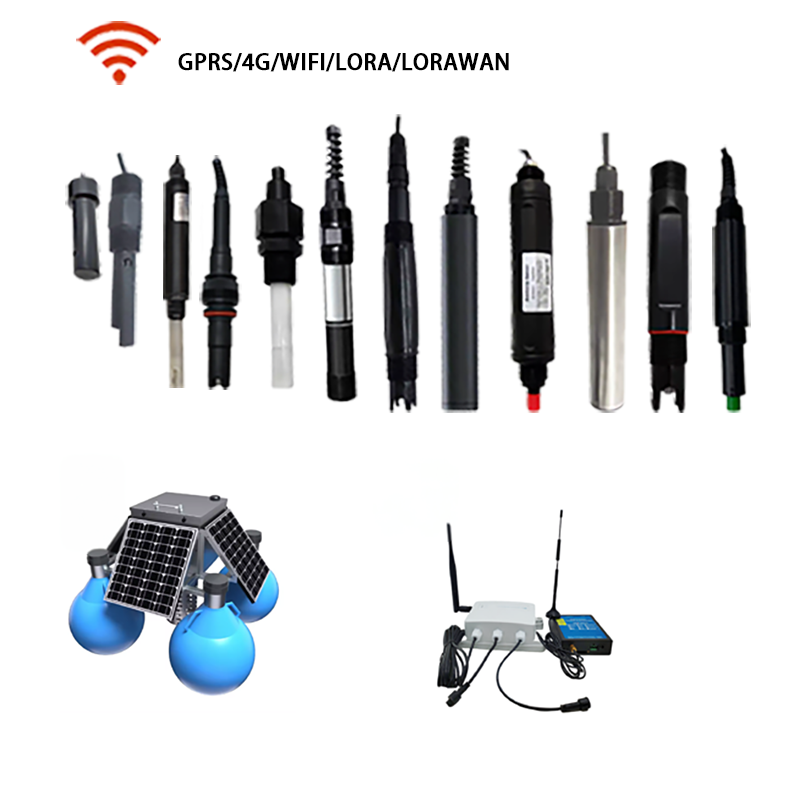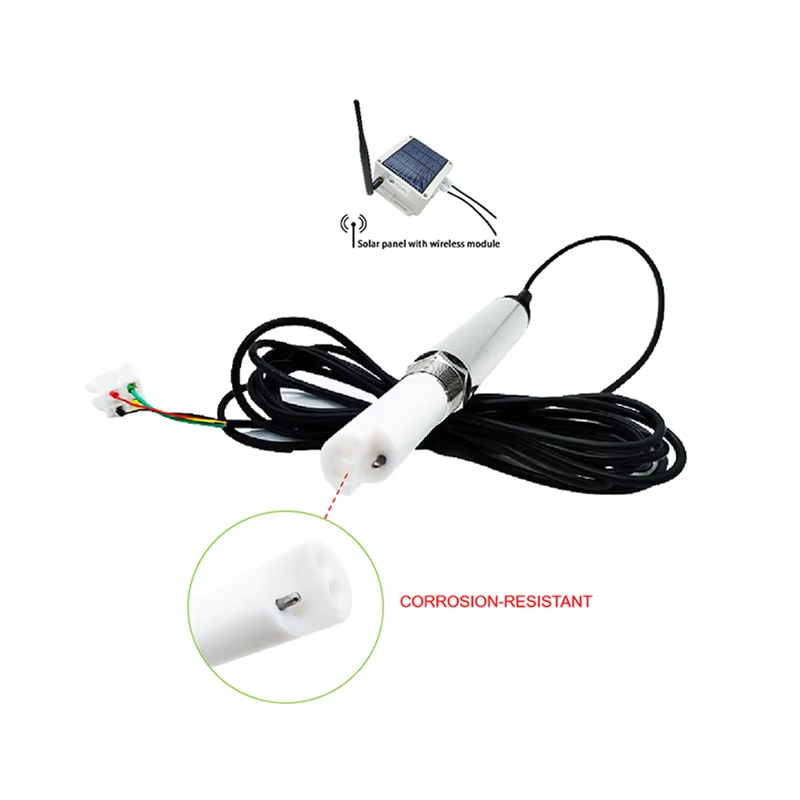The growing demand for clean water is causing water shortages around the world. As the population continues to grow and more people migrate to urban areas, water utilities face numerous challenges related to their water supply and treatment operations. Local water management cannot be ignored, as the United Nations estimates that cities account for 12% of all freshwater withdrawals. [1] In addition to growing demand for water, utilities are struggling to comply with new legislation regarding water use, wastewater treatment standards, and sustainability measures while facing aging infrastructure and limited funding.
Many industries are also vulnerable to water shortages. Water is often used in manufacturing processes for cooling and cleaning, and the resulting wastewater must be treated before it can be reused or released back into the environment. Some contaminants are particularly difficult to remove, such as fine oil particles, and may form a residue that requires special treatment. Industrial wastewater treatment methods must be cost-effective and capable of treating large volumes of wastewater at varying temperatures and pH levels.
Achieving high-efficiency filtration is an important part of developing the next generation of water treatment solutions. Advanced filtration membranes offer a highly efficient and energy-saving treatment method, and manufacturers are continually developing new technologies to meet the needs of industrial and municipal facilities and stay ahead of the changing regulatory environment for water conservation and reuse.
Climate change affects water supply and water quality. Severe storms and floods can damage water supplies, increasing the spread of pollutants, and rising sea levels can lead to increased saltwater intrusion. A prolonged drought is reducing available water, with several Western states, including Arizona, California and Nevada, imposing conservation restrictions due to water shortages in the Colorado River Basin.
Water supply infrastructure also requires major improvements and investments. In its latest study of the needs for clean watersheds, the U.S. Environmental Protection Agency (EPA) found that $630 billion will be needed over the next 20 years to provide sufficient clean water, with 55% of that funding needed for wastewater infrastructure. [2] Some of these requirements stem from new water treatment standards, including the Safe Drinking Water Act and legislation setting maximum levels of chemicals such as nitrogen and phosphorus. An effective filtration process is critical to removing these contaminants and providing a safe and clean water source.
PFAS laws not only affect water discharge standards, but also directly affect filtration technology. Because fluorinated compounds are so durable, they have become a common material in some membranes, such as polytetrafluoroethylene (PTFE). Membrane filter manufacturers must develop alternative materials that do not contain PTFE or other PFAS chemicals to meet new regulatory requirements.
As more businesses and governments adopt stronger ESG programs, reducing greenhouse gas emissions becomes a top priority. Electricity generation is a major source of emissions, and reducing overall energy consumption is an important measure to achieve sustainable development goals.
The Environmental Protection Agency reports that drinking water and wastewater treatment plants are typically the largest consumers of energy in municipalities, accounting for 30 to 40 percent of total energy use. [3] Water resource groups, such as the American Water Alliance, include water utilities committed to reducing greenhouse gas emissions in the water sector through climate change mitigation strategies and sustainable water management. For membrane filtration manufacturers, energy efficiency is critical when using any new technology.
We can provide a variety of sensors to monitor different parameters of water quality
This sensor probe is made of PTFE (Teflon) material, which is corrosion-resistant and can be used in seawater, aquaculture and waters with high pH and strong corrosion.
Post time: Oct-09-2024



